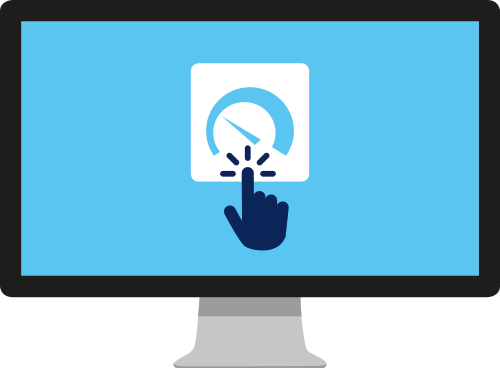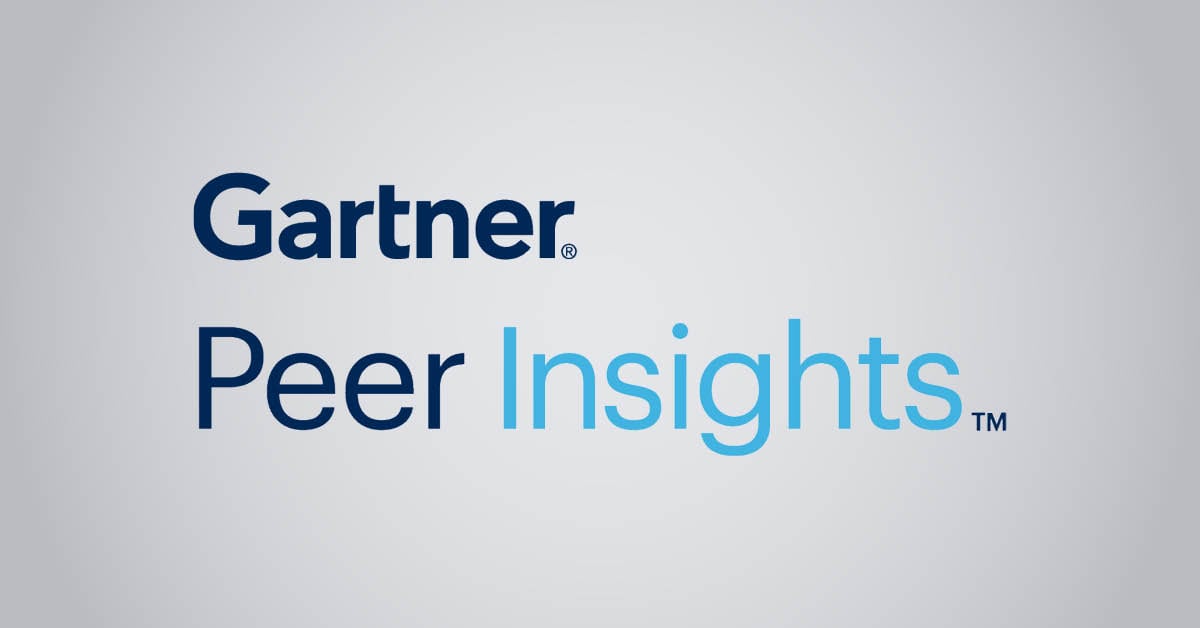Monitor your workstations with PRTG
Ping sensor for
monitoring availability
Monitor the essential components
of workstations
Special SNMP sensors for
monitoring in greater detail
![]()
Workstations are special computers that are used to perform tasks that would overwhelm conventional computers. Among other things, these tasks include the design of complex 3D models and computationally intensive simulations. For this reason alone, workstations must be monitored around the clock. After all, a glitch in one of these high-performance machines can have a serious impact on a company's operations and productivity.
Ping is a command-line utility, available on virtually any operating system with network connectivity, that acts as a test to see if a networked device is reachable. The ping command sends a request over the network to a specific device. A successful ping results in a response from the computer that was pinged back to the originating computer.
Read more
Ping for monitoring workstation availability
A simple ping command proves to be a powerful tool when it comes to monitoring the availability of a workstation. Upon setup, PRTG automatically creates a Ping v2 Sensor for all the devices found within the given IP range.
As a result, you can immediately see if your network’s hardware components can be reached via ping (and thus whether or not they are working). Nevertheless, a successful ping does not provide you with detailed information on the health status of your hardware. For this information, you will have to use more sensors.

Monitor workstation processors and processes
PRTG comes with sensors that provide you with information on the current status of a workstation. One such sensor is the SNMP CPU Load sensor. This sensor uses the Simple Network Management Protocol (SNMP) to monitor each processor (or processor core) of a workstation.
In the event of a faulty or overloaded CPU, the IT administrator is promptly notified and can take action at once. Another crucial sensor is the Windows Process Sensor. This sensor monitors the way processes and applications affect a workstation.
How PRTG defines sensors
In PRTG, “sensors” are the basic monitoring elements. One sensor usually monitors one measured value in your network, e.g. the traffic of a switch port, the CPU load of a server, the free space of a disk drive. On average you need about 5-10 sensors per device or one sensor per switch port.
SNMP stands for Simple Network Management Protocol. Its usefulness in network administration comes from the fact that it allows information to be collected about network-connected devices in a standardized way across a large variety of hardware and software types. SNMP is a protocol for management information transfer in networks, for use in LANs especially, depending on the chosen version.
Read more
Monitor workstations in detail with special
SNMP sensors
PRTG also comes equipped with sensors that are specially designed for certain tasks. Among others, these sensors include the SNMP Linux Load Average and SSH Load Average Sensors, which can be used to monitor Linux or Unix-based workstations. These sensors allow administrators to choose between SNMP and Secure Shell (SSH) when monitoring workstation loads.
If you’re an admin, it is also important that you monitor the memory of your workstations, as large amounts of data are often stored there and data losses can have serious consequences for your company. PRTG offers a variety of sensors for monitoring the memory of both Linux/Unix and Windows-based workstations. You can also take advantage of numerous sensors that provide for round-the-clock monitoring of SAN and NAS systems.
Trusted by 500,000 users and recognized
by industry analysts as a leader
by industry analysts as a leader
“Fantastic network and infrastructure monitoring solution that is easy to deploy and easier still to use. Simply the best available.”
“Software is absolutely perfect, Support is superior. Meets all needs and requirements, this is a must have solution if you are needing any form of monitoring.”
“The tool excels at its primary focus of being a unified infrastructure management and network monitoring service.”
PRTG in a nutshell
PRTG monitors your entire IT infrastructure
Use PRTG to monitor, for example, network traffic, applications, bandwidth, cloud services, databases, virtual environments, availability & uptime, ports, IP addresses, hardware status, network security, web services, and much more.
PRTG supports the most important technologies
Monitor your network for example via SNMP, flow protocols (NetFlow, jFlow, sFlow, IPFIX), SSH, WMI, or ping. PRTG also supports technologies used in Industrial IT & OT environments, such as OPC UA, MQTT, or Modbus. Use the powerful PRTG API for custom integrations (for example via Python, PowerShell, or REST).
PRTG can be used for any operating system
Download and install PRTG Network Monitor on a Windows system or use our cloud-based product PRTG Hosted Monitor for all other operating systems. What’s more: our native PRTG Desktop application runs on Windows or macOS – for even quicker access & multi-server views.
Still not convinced?
More than 500,000 sysadmins love PRTG
Paessler PRTG is used by companies of all sizes. Sysadmins love PRTG because it makes their job a whole lot easier.
Still not convinced?
Monitor your entire IT infrastructure
Bandwidth, servers, virtual environments, websites, VoIP services – PRTG keeps an eye on your entire network.
Try Paessler PRTG for free
Everyone has different monitoring needs. That’s why we let you try PRTG for free. Start now with your trial.
|
PRTG |
Network Monitoring Software - Version 24.2.94.1400 (April 10th, 2024) |
|
Hosting |
Download for Windows and cloud-based version PRTG Hosted Monitor available |
Languages |
English, German, Spanish, French, Portuguese, Dutch, Russian, Japanese, and Simplified Chinese |
Pricing |
Up to 100 sensors for free (Price List) |
Unified Monitoring |
Network devices, bandwidth, servers, applications, virtual environments, remote systems, IoT, and more |
Supported Vendors & Applications |
|


